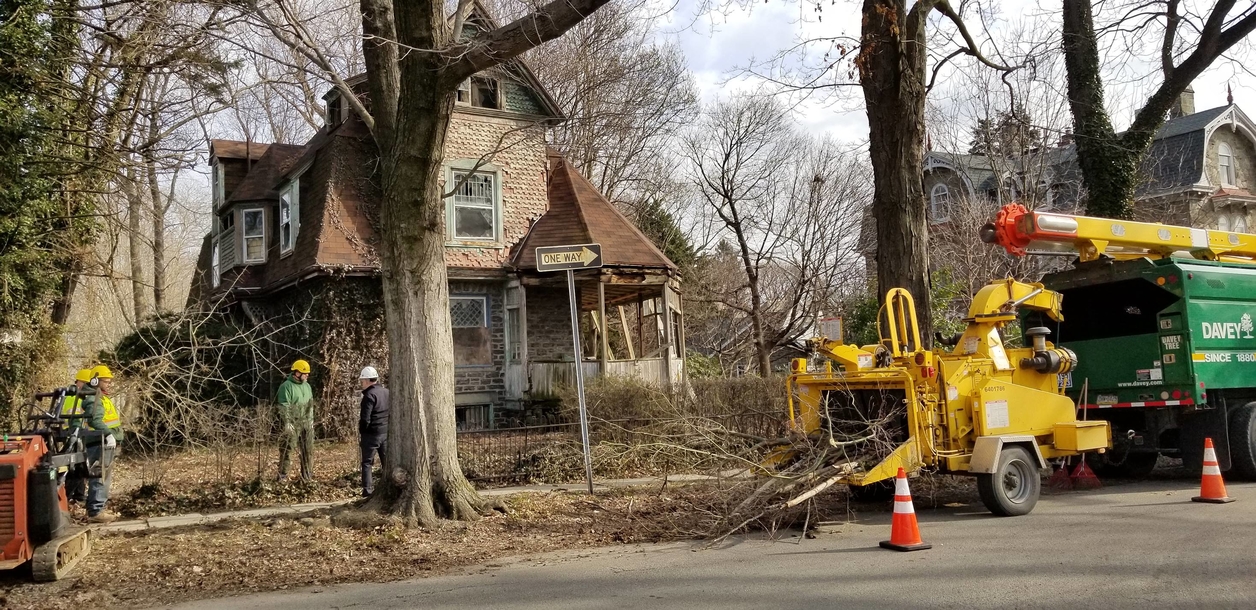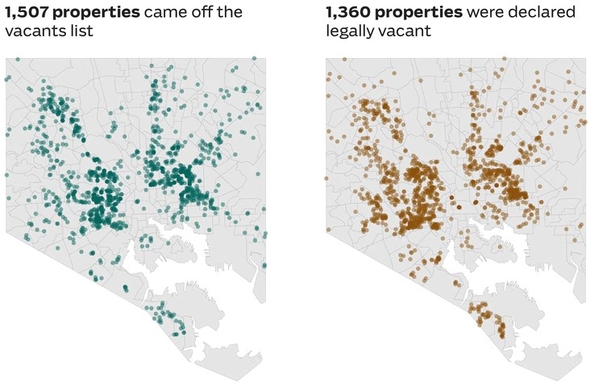Thesis: Amanda L. Stevens
Receivership as a Tool for Revitalization and Preservation
Many neighborhoods are faced with the complex issues of blight and vacant properties, and, if left unaddressed, abandoned properties continue to deteriorate and are subject to demolition by neglect. Prolonged vacancy not only threatens the retention of historic urban fabrics, but also the safety and economic capacity of the surrounding areas. One option to remediateproperty abandonment is receivership, or the process where a court-appointed party takes control of a neglected property and is given the responsibility to stabilize, rehabilitate or demolish the structure in order to address seriously blighting conditions that the owner has been unwilling or unable to deal with. This thesis examines receivership practices for vacant properties in order to evaluate their effectiveness as a tool to prevent demolition by neglect and support the preservation and revitalization of neighborhoods. The evaluations rely on a national survey of existing enabling legislation and case studies to determine the strengths and weaknesses of receivership. States need to provide clear and accessible standards that incentivize a range of individuals to participate in the process, but nonetheless, receivership has the potential to be a successful means of addressing at risk sites and ensuring they are rehabilitated.






